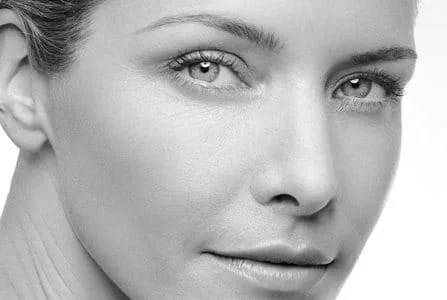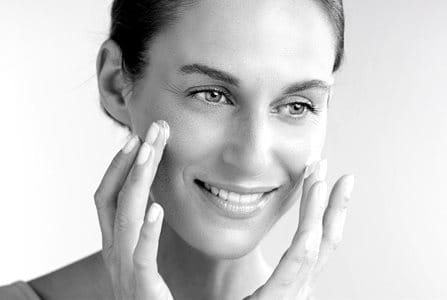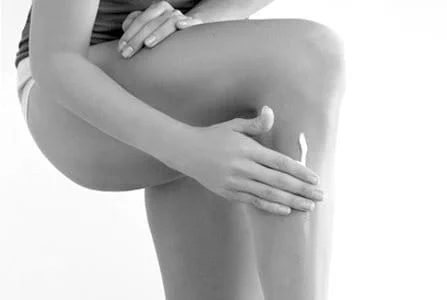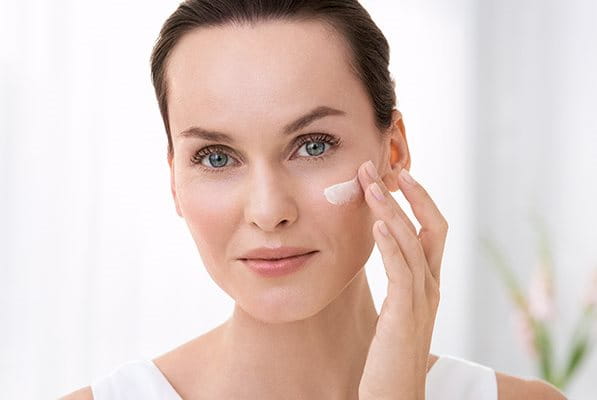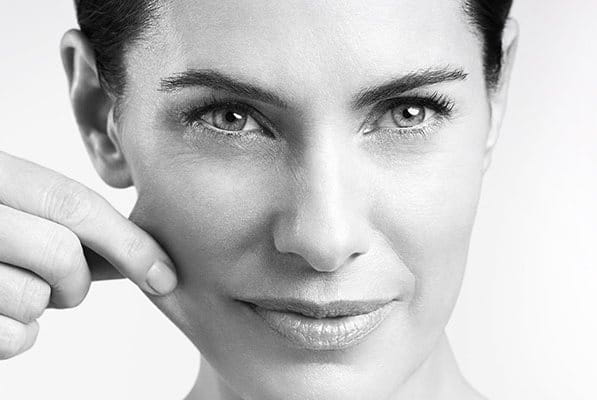Mes prisiimame atsakomybę už Jūsų odą ir mūsų planetą.
SPF 50
Apsauga nuo saulės
Sun Body Oil Control Aerosol Spray SPF 50
Odos problemos
Apsauga nuo saulės
Privalumai
- High sun protection for the body
- Advanced Spectral Technology: UVA/UVB protection and HEVIS light defense
- For sensitive skin including acne-prone skin
Daugiau
Sudedamosios dalys
Licochalcone A
Sužinoti daugiauPakuotės dydis
SPF 50, 200 ml
Tvarumas ir aplinka
Be mikroplastikų (pagal JTAP apibrėžimą)
UV filtrų sistema be oktokrileno
Apie
The continuous, multi-position aerosol spray soothes and protects from sun-induced skin damage. Eucerin’s Advanced Spectral Technology offers high UVA/UVB protection and HEVIS light defense.
NART: 69758-01540-20Skaityti daugiau prie produktą
Dry touch sun spray for the body UV light is the main cause of sun-induced skin damage, but high-energy visible (HEVIS) light can also induce free radicals that cause further stress to skin. Eucerin Sun Body Oil Control Aerosol Spray SPF 50 is an aerosol sunscreen for the body suitable for sensitive skin including acne-prone skin. The Advanced Spectral Technology combines broadband and photostable UVA/UVB filters1 for high UV protection with Licochalcone A to neutralize free radicals caused by UV and HEVIS light. The multi-position, aerosol spray makes the product quick and easy to apply on difficult to reach areas of skin. The transparent and non-greasy spray absorbs quickly, refreshes skin and is water-resistant. Eucerin Sun Body Oil Control Aerosol Spray SPF 50 is clinically and dermatologically proven to be suitable for sensitive skin including acne-prone skin. (1) Meeting the high standards for UVA and UVB protection defined by Cosmetics Europe. The levels of UVA protection are higher than the EU recommendation.
Sudedamosios dalys
Visi ingredientai, esantys mūsų priemonių sudėtyse, buvo kruopšiai atrinkti ir yra aukščiausios kokybės. Sužinokite daugiau apie pagrindines mūsų produktų sudedamąsias dalis.
Ingredientai, esantys mūsų priemonių sudėtyse, yra nuolat atnaujinami. Dėl šios priežasties, ingredientų sąrašas ant pakuotės ir Eucerin internetinėje svetainėje kartais gali skirtis. Rekomenduojame priemonių sudėtis žiūrėti ant pakuotės.
Žiūrėti viską
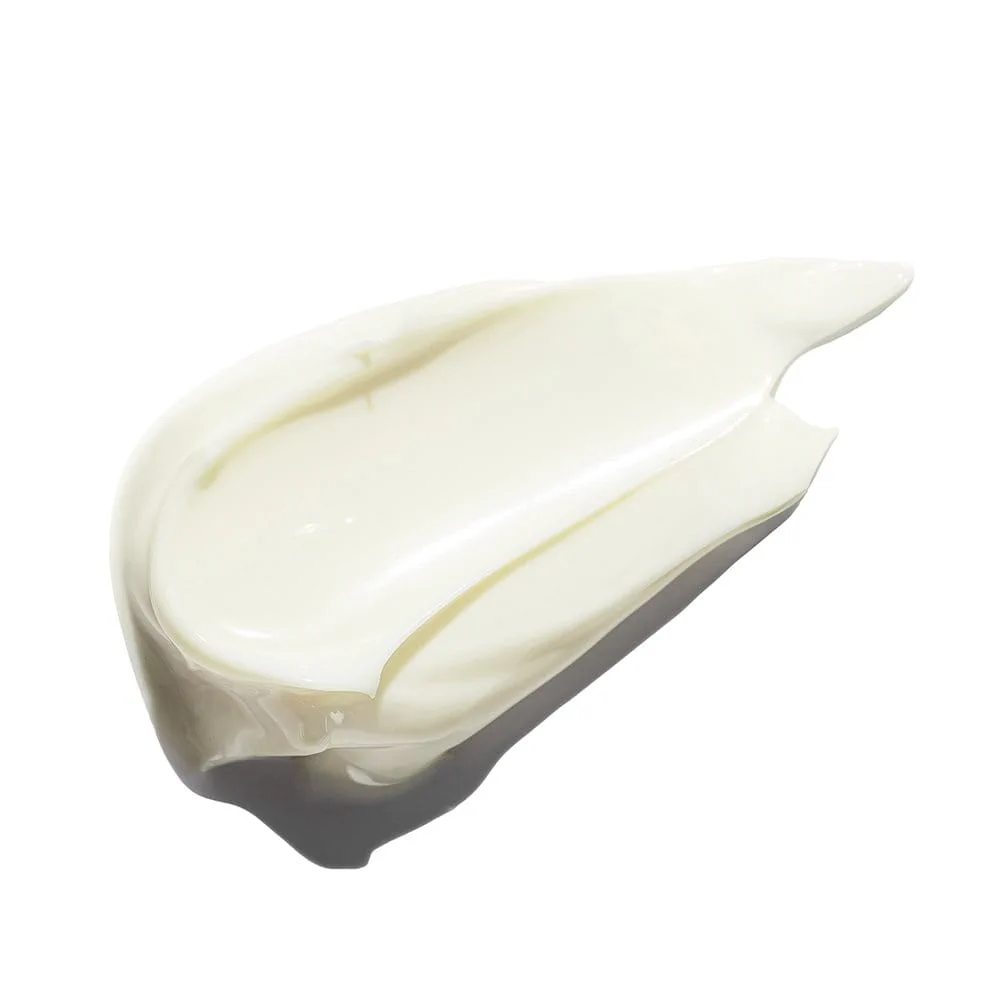
Žiūrėti viską
- Licochalcone ASužinoti daugiau
Likochalkonas A yra galingas antioksidantas ir priešuždegiminė aktyvioji sudedamoji dalis, gaunama iš kiniškojo saldymedžio (Glycyrrhiza Inflata) šaknies.
Ant sudirgintos odos (pvz., į aknę linkusios odos, atopinės ir (arba) saulės pažeistos odos) užteptas likochalkonas A sumažina paraudimą ir padeda nuraminti nedidelį uždegimą.

DUK
How do I know which SPF to use?
Sunscreens are available in four different levels of protection: low (factor 6 to 10), medium (15 to 25), high (30 to 50) and very high (50+). The higher the protection factor the better your skin is protected, but it’s important to apply the product thoroughly (be careful not to miss any bits) and to reapply it generously every two hours.
What is the difference between UVA and UVB rays?
UVA rays penetrate the deeper layers of skin. They stimulate the production of free radicals in the skin which cause oxidative stress and can lead to indirect DNA damage (where the free radicals modify cellular DNA over time). UVA rays are most commonly associated with photoaging (premature skin aging caused by the sun). They can also trigger sun allergies such as Polymorphous Light Eruption (PLE). UVB rays can also provoke allergies, but to a lesser degree.
UVB rays provide the energy your skin needs to make Vitamin D and stimulate the production of melanin which is responsible for tanning. They don’t travel as deeply as UVA rays, penetrating only the outermost layers of skin, but they cause more immediate damage such as sunburn. UVB rays are directly absorbed by cellular DNA which can lead to skin diseases such as actinic keratosis and skin cancer.
Both types of UV can induce hyperpigmentation and may contribute to conditions such as sun spots (also known as age spots) and melasma.
What is high-energy visible light and why does my skin need to be protected from it?
The sunlight spectrum consists of UV, visible and infrared light. Visible sunlight can be detected by the human eye, while the others remain invisible. Part of this visible spectrum has a high energy level and is known as high-energy visible light. It is also referred to as HEVIS light, HEV Light, HEVL and sometimes ‘blue light’ or ‘blue violet light’
Like UVA rays, HEVIS light penetrates the deeper layers of skin (the dermis) and can generate free radicals. These free radicals are one of the main causes of photoaging (premature skin aging caused by the sun). They interfere with skin cells and break down the collagen and elastin that gives our skin its plump, youthful appearance. HEVIS light has also been linked to uneven skin pigmentation and melasma.
Many modern sunscreens offer effective protection against UVA and UVB rays, but we recommend that you look out for products that also defend against the negative effects of HEVIS light. These products will give your skin reliable protection from photoaging and, in the long run, can also help to combat the visible signs of skin aging.
My skin is acne-prone. Do I need special sun care?
Yes. Effective sun protection is essential for all skin types and it’s particularly important for acne-prone skin for a number of reasons:
- To protect against hyperpigmentation: When skin tissue is injured − as is the case with blemishes and acne − an excessive amount of melanin (skin pigment) can accumulate in one area. This surplus melanin remains after the spot has healed leaving a pigmentation mark. These pigmentation marks are particularly susceptible to the sun and the right sun protection will help to prevent them from darkening and becoming more noticeable.
- To prevent skin from drying out: Oily skin still needs moisture. Over exposure to the sun causes it to dry out and the sebaceous glands (which products the sebum that gives skin the oil it needs) go into overdrive. This excess sebum is one of the key stages in the development of blemishes. When skin dries out its external layers harden and this can get in the way of the natural skin-shedding process. Dead skin can build up, block pores and exacerbate acne.
It’s also important to be aware that some acne medication and skin peels can make skin more sensitive to the sun and more susceptible to sun-induced skin damage. Products which are clinically and dermatologically proven to be suitable for acne-prone skin, such as Eucerin Sun Body Oil Control Aerosol Spray SPF 50, will give it the protection it needs.
Skaityti susijusius straipsnius








